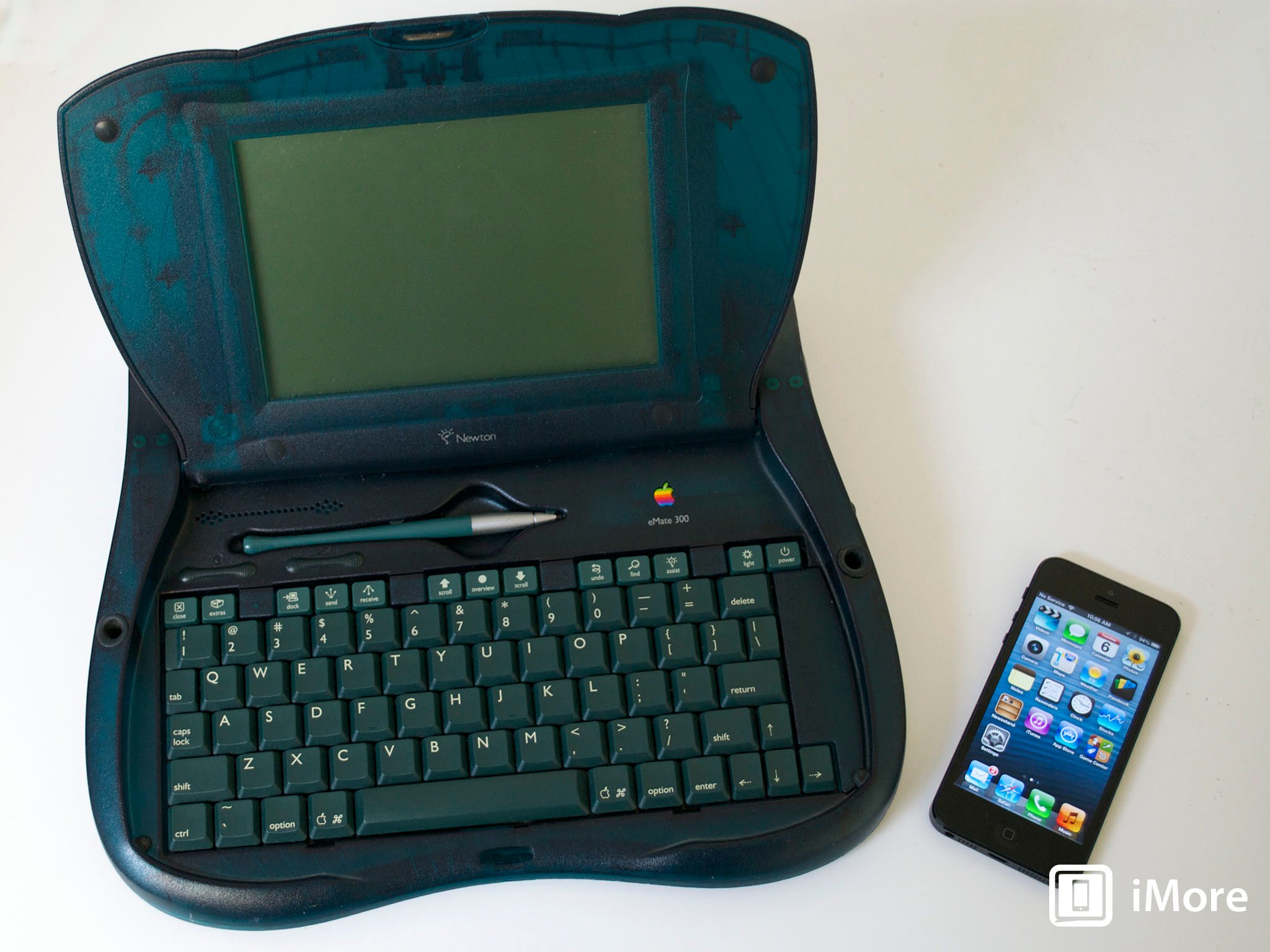From MessagePad to iPad: 20 years on, the Newton's impact can still be felt

An anniversary of sorts quietly passed us this weekend: Saturday, August 3rd, marked the 20th year since Apple began selling the Newton MessagePad, its then-groundbreaking tablet device with handwriting recognition. While the device was never hugely commercially successful, its development, creation and sale inevitably, inexorably lead us to where we are today, a "Post PC world" dominated by touch-sensitive smartphones and cellphones. The Newton's influence can even be felt in Apple's Mac line, with products like the MacBook Air.
The Personal Digital Assistant
The Newton MessagePad debuted in 1992, when then-CEO John Sculley showed off a prototype device to the crowd at the summer Consumer Electronics Show (CES) in Chicago. The state of the art for Apple's Macintosh line - virtually its entire business - was machines like the Macintosh IIvx (the pre-PowerPC days). The PowerBook line, Apple's first truly portable computers (the "luggable" Macintosh Portable notwithstanding), was only a year old.
The MessagePad would finally go on sale more than a year later, debuting at the Macworld Boston trade show for $700. For the price, you got a device equipped with a pressure-sensitive black and white LCD display, LocalTalk port for networking with other Apple products, infrared port and PCMCIA slot for additional expansion.
Interacting with a Newton device was not unlike using a Mac of the day running "Classic" Mac OS - you tapped on icons; the interface was graphical, and there were a number of built-in apps designed to organize your life: notes, pictures, calendar, contacts, calculator, to do list; third party software development was encouraged, though in an era before the Internet was popular, most third party apps were sold by computer resellers on software shelves, delivered in expensive PCMCIA cards.
In introducing the Newton, Sculley coined a phrase that's been around ever since: Personal Digital Assistant, or PDA. Sculley's dream was to see the Newton become standard issue for executives and others who wanted to get a better handle on the information they needed to do their jobs.
The Newton never sold to Apple's expectations, and what's worse, it was ridiculed after it was released. Few saw the point in spending so much money to do something that you could do with pen and paper, and, most critically, the handwriting recognition software built in to the device was not ready for prime time. It really wouldn't be until the 2.0 release of the operating system software, which wouldn't happen for another three years.
Meet the MacBook Air's distant ancestor
But along the way Apple did some amazing things. One of the most remarkable footnotes in the Newton story is the eMate 300, a Newton-based mini-laptop designed especially for the educational market. Apple saw an opportunity to get the devices into schools that were looking for a way to help develop computer literacy and electronic learning among students. The device was built around a solid plastic clamshell case that was designed to handle the rough treatment you'd expect of schoolchildren. That's a picture of it above, sitting next to an iPhone 5.
Master your iPhone in minutes
iMore offers spot-on advice and guidance from our team of experts, with decades of Apple device experience to lean on. Learn more with iMore!
The eMate 300's semi-translucent casing was a precursor of the iMac, and its kid-friendly design presaged the iBook by several years. The eMate 300, like other Newton devices, was all solid-state - there was no hard disk drive or floppy disk. Fast forward a decade to 2008 and witness the launch of the MacBook Air - a fully-functional laptop computer running OS X that offered as an option the then-exotic Solid State Drive (SSD) technology - permanent storage without any moving parts. Now SSDs are used throughout Apple's product line. But a decade before, Apple was on the same track.
Apple ultimately killed the Newton at the behest of Steve Jobs, who returned to the company as interim CEO following Gil Amelio's unceremonious departure. It'd be almost a decade before Apple introduced the first iPhone. But in the interim, PDAs became everyday devices used by millions around the world. Palm and Handspring became popular ways for digitally-connected people to keep track of appointments, contacts and more; eventually that technology would find its way into cell handsets.
Newton's enduring legacy
Newton's brain trust would go on to have a big impact - Paul Mercer, a software developer at Apple who worked on the Newton technology, would leave Apple and go on to form Pixo, whose operating system served as the basis for the original iPod. Michael Tchao is widely credited with getting the Newton off the ground to begin with after convincing John Scully to back the project on an plane flight. He came back to Apple in 2009 after a 15 year absence, where he's VP of iPad product marketing.
Steve Jobs' well-reported disdain for styluses drove the development of the iOS interface as something based on touch and finger motion, but the iPhone, iPod touch and iPad are clearly the spiritual successors of the Newton - devices that help us manage our day to day tasks, communicate and stay in touch with what's important to us. Newton devices are a distant memory of a different era at Apple, but 20 years later, their impact can still be felt every time we pick up an iOS device or an iPod.
Did you use a MessagePad or an eMate back in the day? Are you sad that they're gone, or are you happy Apple killed them off? Talk to me!

